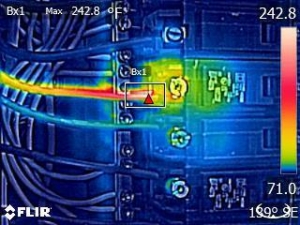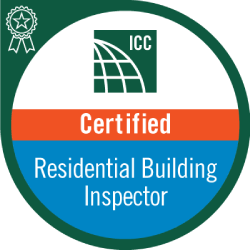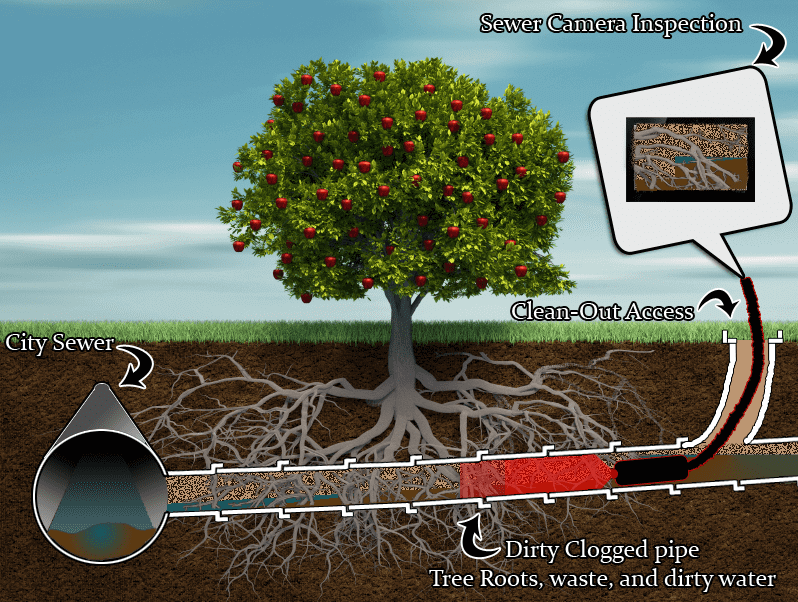With state-of-the-art technology at our disposal, the overwhelming journey of buying a dream home can be a bit easier. One such technology is thermal imaging home inspections.
Every object that has a temperature radiates infrared light, which is invisible to our naked eyes. This is when thermal imaging comes to play! Thermal imaging home inspections employ thermographic cameras to convert invisible infrared light into visible images. The resulting image depicts hot surfaces in a bright glowing hue of orange and cold surfaces in purple or blue.
This smart technology reveals the secrets of a property that our unaided eyes fail to see.
Wondering what those secrets are? Here are the Top 6 Secrets that’ll surprise you!
- Dampness Detection
Moisture can penetrate into the ceiling, walls, and floor of a house due to:
- Cracked or blocked pipes
- Leaky window frames
- Roofing failure
- Building materials of inferior quality
- Rainwater retention
Thermal imaging reveals moisture damage by swiftly detecting the difference in temperature between a damp and dry area on the surfaces of walls, ceilings, or floors.
- Leaky plumbing
Sleek fixtures and fancy Jacuzzis often take the buyer’s attention away from a faulty plumbing system hiding underneath. But, our thermographic cameras cannot be fooled! Just a few moments into an inspection gives us a clear picture of potential leaks and cracks. We call it the “call the plumber” alarm.
- Pest infestation
Believe it or not, these tiny buggers release a lot of heat while chomping ferociously on the wood of your potential or existing home. We perform Thermal imaging home inspection to detect heat anomalies. Thermal imaging does not replace a full Termite/WDI inspection, but can help us see things we might otherwise miss.
- Faulty insulation
Limiting air loss and the influx of hot air into your cool home can save you a massive amount of money. With energy costs shooting through the roof, a well-insulated home is the need of the hour. Thermal imaging is the perfect tool to detect poor insulation and get it fixed immediately.
- Moisture behind stucco
An evil moisture trapping wall can easily hide behind the beautiful veil of stucco. This can eventually lead to:
- Molds which release allergens
- Crumbling of the stucco
- A persistently warm/cold interior
- An array of health complications
Our thermal image scans can readily detect the hidden moisture damage and propel you towards the right course of action.
- Overcurrent

As the name suggests, an excess of current in the electrical circuits of a home or office give rise to the detrimental situation of overcurrent. Overcurrent can cause:
- Irreparable damage to electrical appliances
- Dangerous fires
An excessive current also radiates a lot of heat, which is easily detected by Infrared thermal imaging. It is the finest tool to diagnose overcurrent in its infant stages before it can swell into a disaster.
We have adopted thermal imaging as an indispensible strategy in our home inspection process. It can not only help buyers find their perfect dream home but also help sellers to frame a flawless restoration plan. Bonus: we charge you no additional fee for thermal imaging! Give us a call to schedule a home inspection right away.
Frequently Asked Questions
- What is thermal imaging in home inspections?
Objects release heat (a lot or a little) in the form of infrared radiation. Thermal imaging uses thermographic cameras to detect invisible infrared radiation and converts it into a visible image. The resulting image depicts the temperature differences on the surface of walls, ceilings, and floors for experts to diagnose and fix.
- How much does thermal imaging cost?
The cost of home inspections with thermal imaging largely depend on:
- The area of your home
- Reputation of the home inspection company
- The experience and skill of the home inspector
You can expect to pay $350+ for a home as large as 2000 square feet.
- Is thermal imaging for home inspections worth it?
Absolutely! Home inspections can save you from the nightmare of spending thousands of dollars to fix what seemed like a dream home in the first place. And, for those with older houses, it can help in the detection of underlying issues that can cost thousands in repairs if left unaddressed.
- What is an infrared home inspection?
Infrared home inspection makes use of modern technology and gadgets like thermographic camera to show homeowners or aspiring homeowners what issues are hiding behind the walls, ceilings, and floors of their homes. The image scans can reveal issues like:
- Dampness
- Pests
- Leaks and cracks
- Faulty electrical circuits




